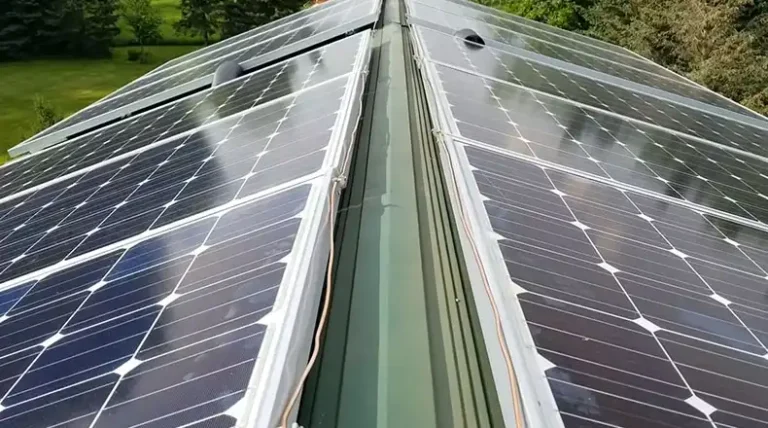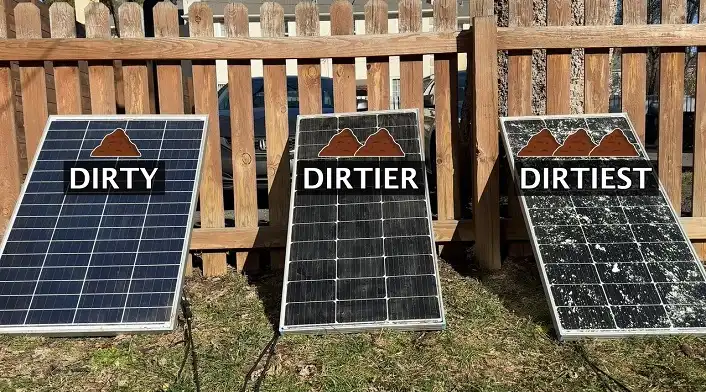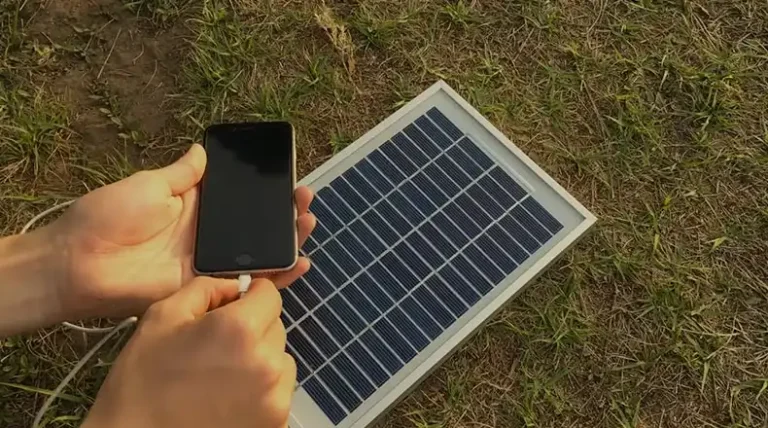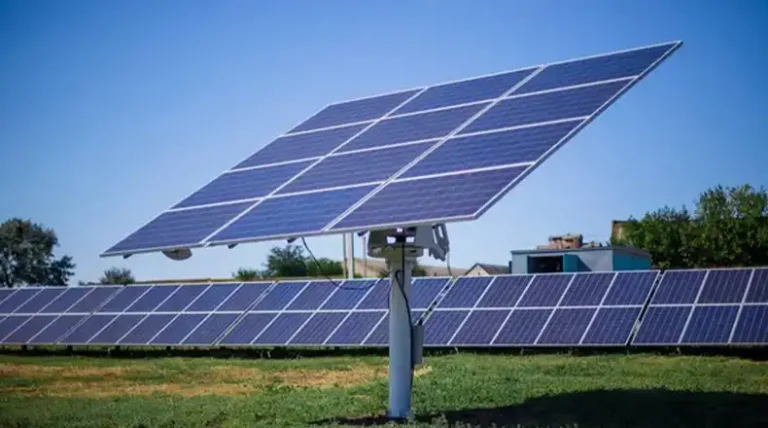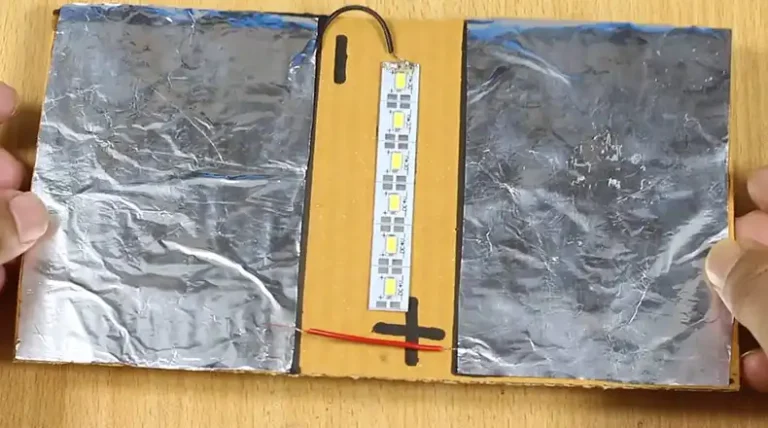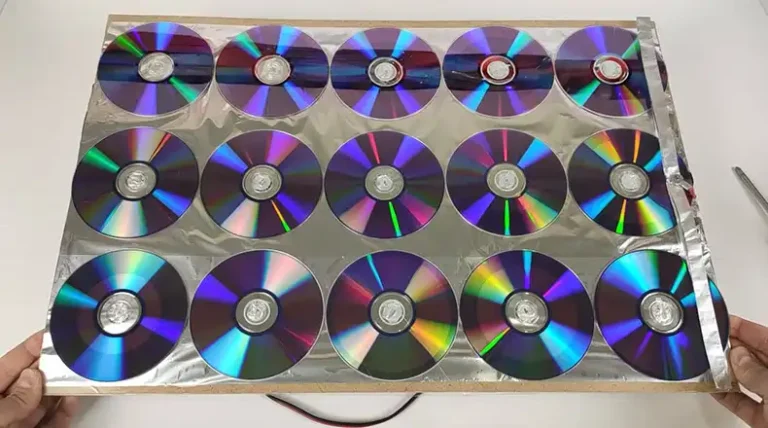How To Know If A Solar Panel Is Bad (2 Different Ways)
Solar panels are a great way to generate clean, renewable energy for your home or business. However, like any other piece of machinery, solar panels can eventually malfunction. It’s important to be able to identify signs of a bad solar panel so that you can have it repaired or replaced as soon as possible.
There are two main ways to determine if a solar panel is bad: by physical inspection and by checking the energy production. In this article, we have briefly described them, so read on till the end and grab the information that you are looking for.
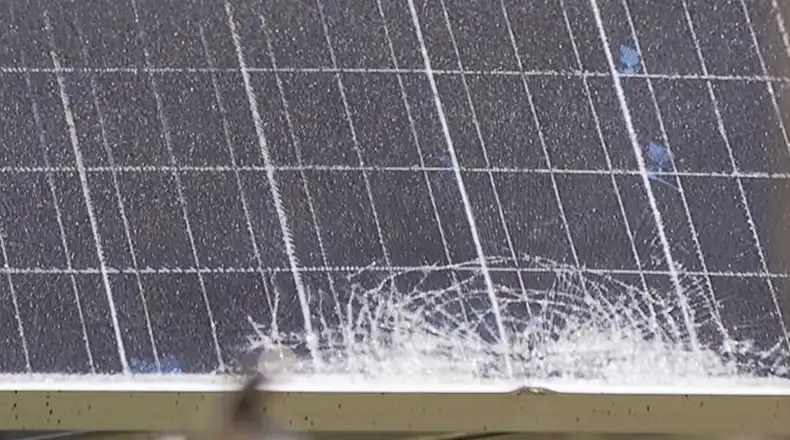
How Do I Know If a Solar Panel Is Bad
Solar panels, like any other technological marvel, aren’t immune to wear and tear. Environmental factors, manufacturing defects, or just plain bad luck can lead to their deterioration. Let’s embark on this solar-powered quest and explore two primary methods for identifying a problematic solar panel.
Method 1: By Physical Inspection
One of the easiest ways to tell if a solar panel is bad is to inspect it for any physical damage. Look for cracks in the glass, delamination (the separation of the different layers of the panel), or broken cells. If you see any of these signs, it’s likely that the panel is not working properly.
Cracks on the Panels
Imagine your solar panel as a sturdy glass shield against the elements. But sometimes, even shields can get cracks. If you notice any visible cracks on your solar panel’s surface, it’s time to investigate further. Cracks can disrupt the panel’s efficiency and can be caused by extreme weather conditions or even hailstorms. While they might seem like minor cosmetic issues, they can significantly impact your panel’s power output.
PID Effect
PID, or Potential Induced Degradation, is like the sneaky villain of the solar world. It’s an issue that affects the electrical performance of your solar panel, leading to a loss of power over time. When PID strikes, your once-efficient solar panel becomes sluggish. Keep an eye on the voltage and power output; if they drop below the manufacturer’s specifications, your panel might be under PID’s spell.
Hot Spots
Solar panels love basking in the sun, but sometimes they can get a little too hot under the collar. Hot spots are localized areas on a panel where the temperature rises excessively. This can be due to shading issues or defective cells. Hot spots are notorious for decreasing a solar panel’s lifespan and can even pose a fire risk. To uncover them, consider using an infrared camera to detect those trouble spots.
Delamination
Delamination might sound like a complex chemical process, but it’s a solar panel issue you can easily grasp. It’s the separation of the layers within the panel, causing air or moisture to infiltrate. Delamination can lead to corrosion and decreased performance. Check for visible bubbles or irregularities on the panel’s surface, as these can be telltale signs of this problem.
Broken Panels
Sometimes, the most apparent issues are the hardest to miss. If your solar panel has visible physical damage, such as shattered glass or bent frames, it’s a red flag that needs attention. Broken panels not only underperform but can also be a safety hazard, so it’s essential to address them promptly.
Method 2: By Checking the Energy Production
Another way to determine if a solar panel is bad is to check the energy production. You can do this by comparing your solar production to your historical data or by using a solar monitoring system. If you notice a significant decrease in energy production, it’s likely that one of your solar panels is not working properly.
Here are some things to keep in mind when checking your solar production:
- Compare your current production to your historical data: If you have been tracking your solar production for a while, you can compare your current production to your historical data to see if there is a noticeable decrease. If there is, it’s likely that one of your solar panels is not working properly.
- Use a solar monitoring system: A solar monitoring system can track your solar production in real-time and can also send you alerts if there is a problem. If you have a solar monitoring system, you can use it to check the production of each individual solar panel to see if any of them are underperforming.
Final Thoughts
Solar panels are fantastic inventions, but they’re not invincible. To ensure you’re getting the most out of your solar power investment, it’s crucial to be vigilant and proactive. Regular physical inspections can help you catch issues like cracks, PIDs, hot spots, delamination, and broken panels. Monitoring your energy production provides a broader picture of your system’s health.
So, if you’re wondering how to know if a solar panel is bad, these methods will empower you to become a solar superhero yourself. By maintaining your panels, you’ll keep them running at peak performance and continue to harness the sun’s energy for a brighter and more sustainable future. Remember, every solar panel deserves a long and sunny life.

